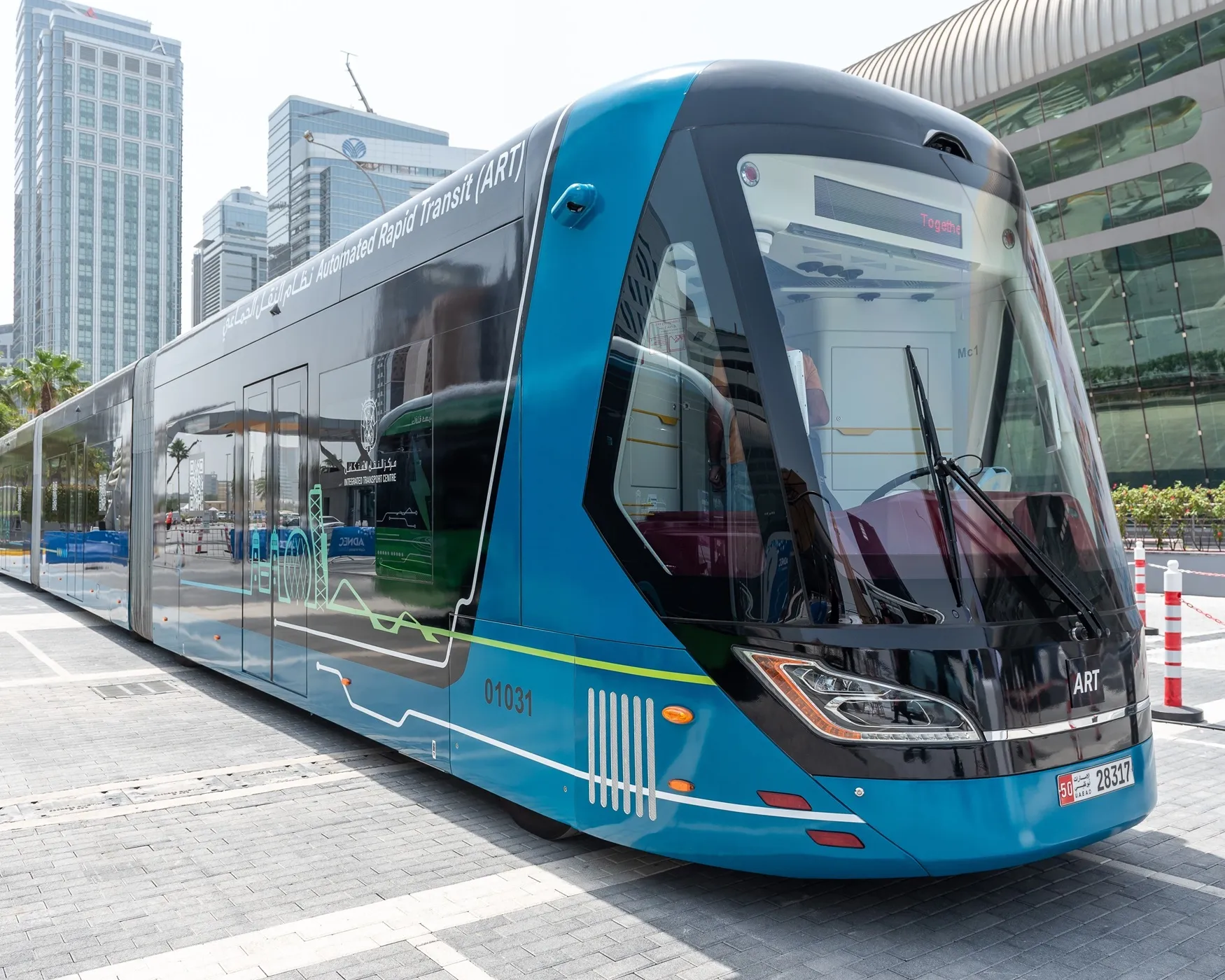An IBEC working group session at ITS World Congress in Vienna in October was presented with an example of a very cost-effective means for reducing traffic travel time. There is no doubt that adaptive real-time traffic control is a very cost-effective ITS application”, Dr Ronald van Katwijk told an IBEC (International Benefits, Evaluation & Costs) working group session at the 2012 ITS World Congress in Vienna. The senior consultant with Netherlands consultant TNO and TrafficQuest, the Dutch Centre for Expert
January 11, 2013
Read time: 4 mins

An IBEC working group session at ITS World Congress in Vienna in October was presented with an example of a very cost-effective means for reducing traffic travel time.
• €373,554 (US$478,337) per five intersections annum of driving time savings based on the modelled peak hour exercise.
• Movement-based adaptive control improves intersection performance without increasing computational requirements.There is no doubt that adaptive real-time traffic control is a very cost-effective ITS application”, Dr Ronald van Katwijk told an IBEC (International Benefits, Evaluation & Costs) working group session at the 2012
This means that, although groups of signals are structured in stages, they can be controlled separately. This level of flexibility is necessary given the large number of separately controlled movements needed to manage the country’s changing multi-modal traffic flows (see Table 01).
Table 01. The changing modal split in Amsterdam
| Period | Car % | Public transport % | Bicycle % |
| 1986-1991 | 39 | 28 | 33 |
| 2005-2008 | 31 | 22 | 47 |
Problems addressed
The situation can be improved, he suggested, by using a system equipped to take the entire intersection into account (counteracting tunnel vision); consider future or pending arrivals (counteracting near-sightedness); and make short-term decisions on the basis of longer-term analysis that considers all available alternatives in detail.Traffic-adapted systems in the Netherlands face the central problem of – given the large number of separately-controlled movements – how to come up with an optimal solution in real-time. To address this, TNO has carried out a number of modelling exercises, applying a traffic adaptive control algorithm tailored to Dutch movement-based control practice to a diverse range of intersection and demand configurations.
An illustrative example presented at Vienna covered a 1.3km stretch of road with five intersections. The modelling took place over a two-hour peak period. The results, in terms of time savings through successive junctions, appear in Table 02.
Table 02. Results of the modelling exercise
| Intersection | Travel time - current | Travel time - new (seconds) | Reduction |
|---|---|---|---|
| K362 | 166658 | 136268 | 18% |
| K329 | 361209 | 283943 | 21% |
| K330 | 483359 | 368995 | 24% |
| K331 | 313973 | 266731 | 15% |
| K332 | 460170 | 159176 | 19% |
These results lead to the following calculation of savings over a year. The current total driving time spent by all drivers over the entire network during one hour of the two-hour period is 228.89 hours. Taking the relative benefit over the network modelled, as compared with the currently operating control system, as a conservative 17% gives an absolute benefit in each hour of driving of 38.91 total hours.
Assuming a four-hour total daily peak traffic period gives an absolute benefit per working day of 155.65 driving hours saved (31,130 per year of 200 working days). An average valuation of €12.00 (US$15.37) per hour produces annual savings of €373,554 (US$478,337).
Best of both worlds
Comments van Katwijk: “Adaptive real-time control systems look forward in time (taking into account predicted arrivals) as opposed to traffic-actuated ones which are tuned on the basis of historical information. Most adaptive real-time control systems, however, can only optimise the sequence and duration of stages, not each traffic movement. Our approach represents the best of both worlds.“There is a lot to be gained by looking forwards instead of backwards when determining the signal timings of an intersection. But this is computationally demanding, given real-time constraints, requiring investments in detection and computing hardware. Movement-based adaptive control significantly improves an intersection’s performance without further increasing the computational requirements.”










